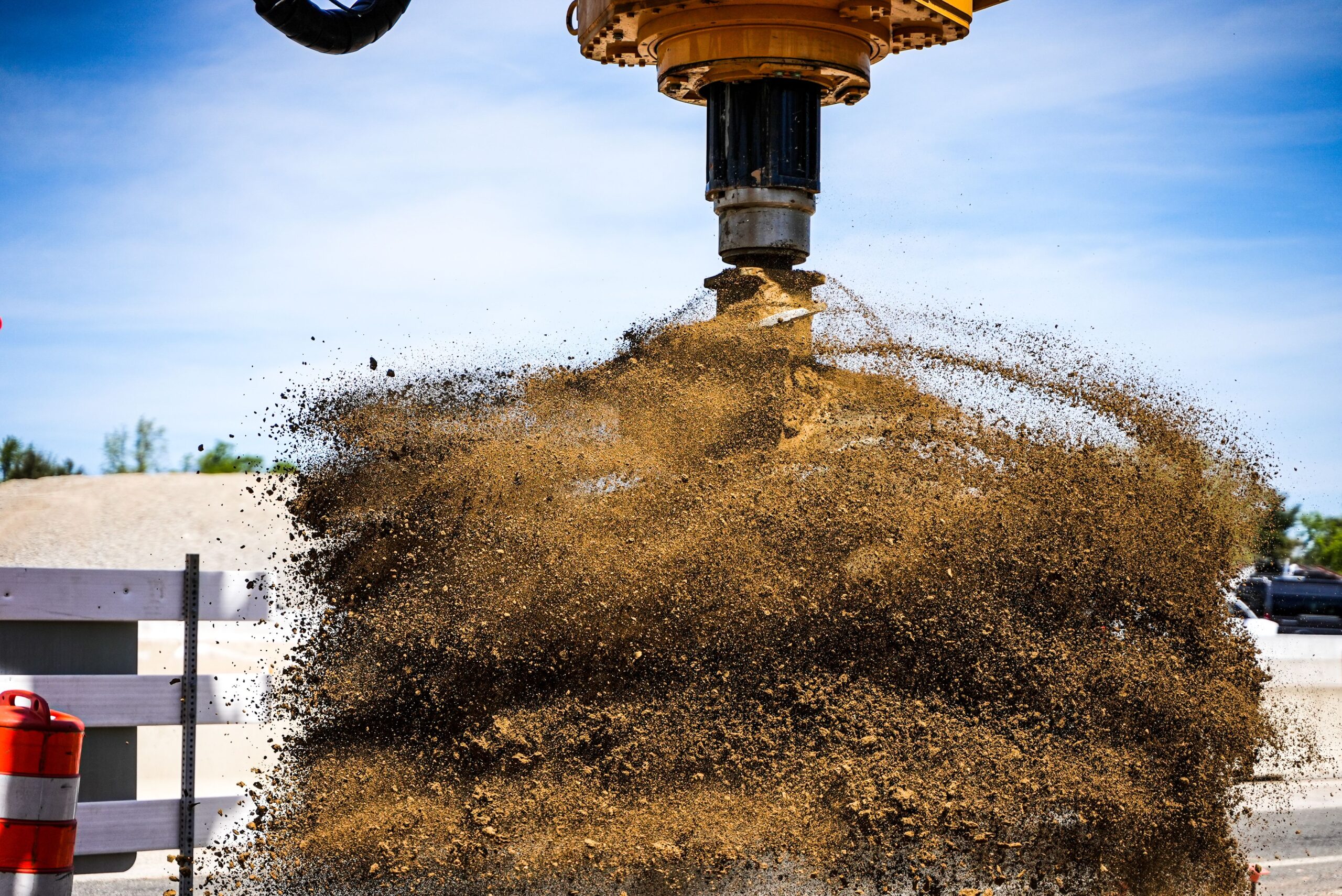- 112 - 13085 115 Ave, V3R 0C3, Surrey
- +778-903-5297
- admin@terraworksdrilling.com
Understanding the Standard Penetration Test (SPT) and its Relationship with Soil
Home – Understanding the Standard Penetration Test (SPT) and its Relationship with Soil

Understanding the Standard Penetration Test (SPT) and its Relationship with Soil
Discover the importance of the Standard Penetration Test (SPT) in assessing soil types in Alberta, British Columbia, and Saskatchewan. Learn how drilling techniques and soil tests help determine soil characteristics for construction and engineering projects.
Table of Contents:
- Introduction
- What is the Standard Penetration Test (SPT)?
- The Significance of the SPT in Soil Testing
- Understanding Soil Types
4.1. Clay Soils
4.2. Sandy Soils
4.3. Silty Soils
4.4. Loamy Soils
4.5. Peaty Soils - Conducting the SPT
5.1. Preparing for the Test
5.2. Drilling Techniques
5.3. Collecting and Analyzing Soil Samples
5.4. Interpreting the SPT Results - Applications of SPT Results
6.1. Foundation Design
6.2. Earthquake Engineering
6.3. Soil Stability Assessment
6.4. Slope Stability Analysis - Soil Types in Alberta, British Columbia, and Saskatchewan
7.1. Alberta Soil Types
7.2. British Columbia Soil Types
7.3. Saskatchewan Soil Types - Conclusion
Introduction:
When it comes to construction and engineering projects, understanding the characteristics of the soil is crucial for ensuring safety and structural integrity. One widely used method for assessing soil types is the Standard Penetration Test (SPT). In this blog post, we will explore the SPT in detail and its relationship with soil types in the provinces of Alberta, British Columbia, and Saskatchewan. We will delve into the drilling techniques, soil sampling, and interpretation of results, along with the significance of the SPT in different applications.
What is the Standard Penetration Test (SPT)?
The Standard Penetration Test, commonly referred to as SPT, is an in-situ test conducted to evaluate the geotechnical properties of soil. It involves driving a split-barrel sampler into the ground using a standard hammer and measuring the number of blows required to penetrate the soil to a specified depth. The SPT provides valuable information about the soil’s resistance, density, and relative strength, allowing engineers to make informed decisions during the design and construction phases.
The Significance of the SPT in Soil Testing: The SPT is widely used due to its simplicity, cost-effectiveness, and ability to provide reliable data. By measuring the soil’s resistance to penetration, engineers can determine its load-bearing capacity, compressibility, and shear strength. These parameters are vital for designing foundations, assessing soil stability, analyzing slopes, and evaluating earthquake risks.
Understanding Soil Types:
Soil types play a crucial role in determining their engineering behavior. Here are the primary soil types commonly encountered:
Clay Soils:
- Definition and characteristics
- Engineering considerations and challenges
Sandy Soils:
- Definition and characteristics
- Engineering considerations and challenges
Silty Soils:
- Definition and characteristics
- Engineering considerations and challenges
Loamy Soils:
- Definition and characteristics
- Engineering considerations and challenges
Peaty Soils:
- Definition and characteristics
- Engineering considerations and challenges
Conducting the SPT:
Performing the SPT involves several key steps to ensure accurate results. This section covers the following topics:
Preparing for the Test:
- Site selection and preparation
- Safety measures
Drilling Techniques:
- Overview of drilling methods
- Choosing the appropriate drilling equipment
Collecting and Analyzing Soil Samples:
- Extracting undisturbed soil samples
- Laboratory testing procedures
Interpreting the SPT Results:
- Understanding blow counts
- Correlating SPT data with soil properties
Applications of SPT Results:
The data obtained from the SPT has various applications in engineering and construction projects. This section highlights the following key areas:
Foundation Design:
- Incorporating SPT results into foundation design
- Determining bearing capacity and settlement
Earthquake Engineering:
- Assessing liquefaction potential
- Evaluating site-specific response spectra
Soil Stability Assessment:
- Slope stability analysis
- Retaining wall design considerations
Slope Stability Analysis:
- Recognizing potential failure mechanisms
- Mitigating slope instability risks
Soil Types in Alberta, British Columbia, and Saskatchewan: Each province in Canada has unique soil characteristics that must be considered in engineering projects. This section explores the soil types specific to Alberta, British Columbia, and Saskatchewan and their geological and geotechnical properties.
Conclusion:
The Standard Penetration Test (SPT) is an essential tool for evaluating soil types and their engineering properties. By conducting the SPT and analyzing the results, engineers and geotechnical professionals can make informed decisions about design, construction, and safety. Understanding the different soil types in Alberta, British Columbia, and Saskatchewan is vital for successful project planning and execution. By considering the geotechnical aspects of the soil, engineers can ensure the stability and longevity of structures in these regions.

Exploring new depths every day!
Usefull Link
- About Us
- Services
- Get a Quote
- Career
Copyright 2023 © All Right Reserved by Terra Works Drilling.
